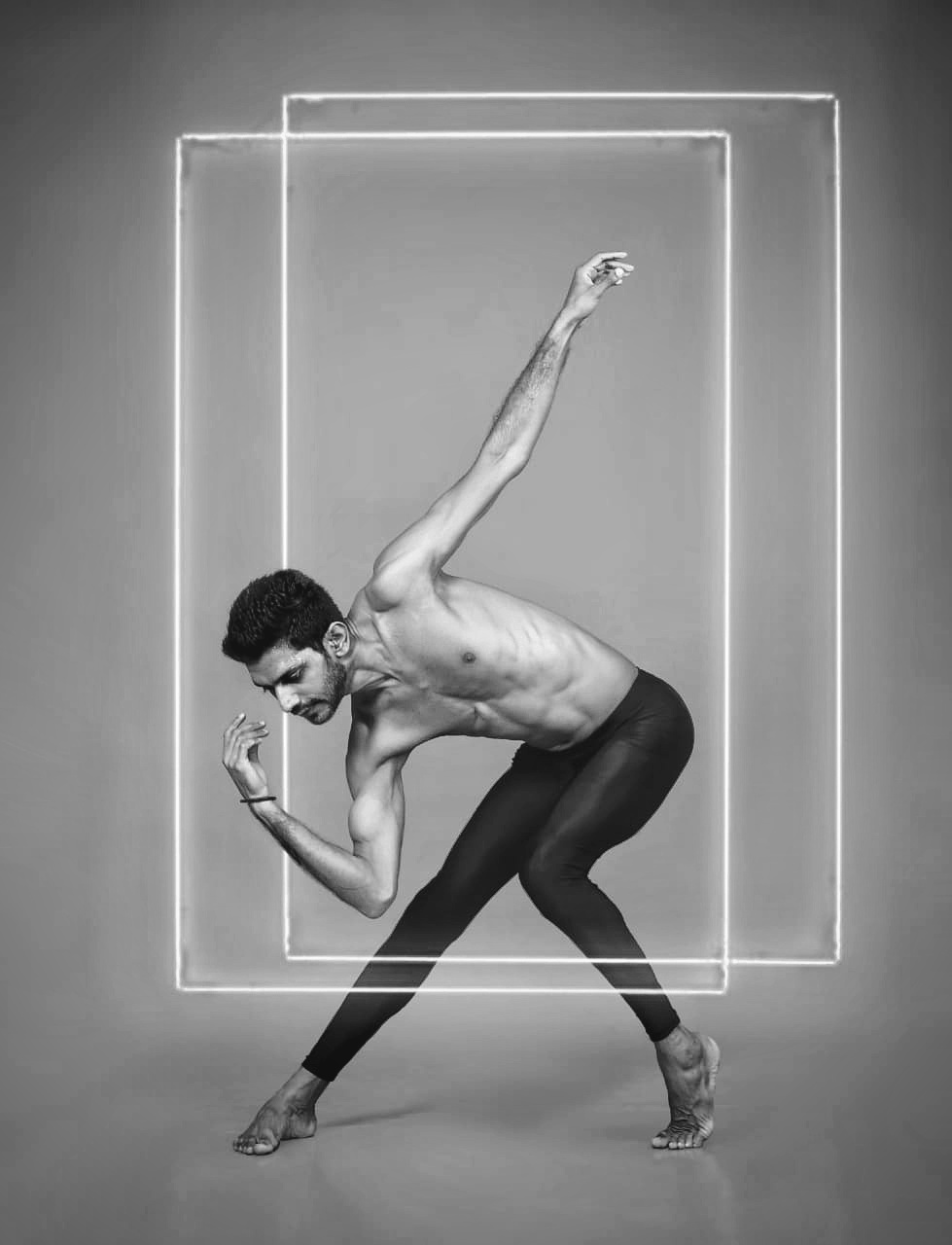There is a special 7-step process that has proven to help dancers achieve their body goals time and time again.
Is it something that happens overnight? No. However, with focus and attention, you can make significant changes in a matter of months.
Dancers notice significantly improved sleep, food routines, relationships with food and their bodies, improved confidence in their dancing, clarity in their dance goals, and increased self-worth around this time.
Here are the steps you can take on your own to begin working toward a positive body and mindset change.
STEP 1: Learn the Fundamentals of Healthy Eating for Peak Performance.
A solid foundation is required. To make it easier to prepare complete and satisfying meals, learn about macronutrients (proteins, carbohydrates, and fats) and micronutrients (vitamins and minerals).
Conduct your research — stick to nutritional science information and athlete-fueling knowledge.
Keep in mind that a lot of nutrition information is skewed. Look for evidence-based research and studies involving athletes or dancers — non-sold data. Also, keep in mind that what is “healthy” for you is completely subjective.
STEP 2: Improve your body image by practising self-care.
One of the most effective ways to cultivate self-love is to take care of yourself daily. Your actions communicate to your body that you are worthy of time and attention.
When you look in the mirror, frame your self-descriptions positively and look for the good in everything. Don’t be too hard on yourself. Make an effort to have that inner voice speak to you with kindness. According to research, addressing yourself by name can help shift your self-talk to provide more support and emotional regulation.
STEP 3: Prioritize meal planning and preparation to make food selections easier.
It is possible to eat healthy, delicious meals, but it usually requires some planning and preparation. Discover the healthy recipes that you truly enjoy eating. Make options that are quick to cook or easy to heat up ahead of time.
Have a few go-to recipes that you make at least once a week. Change them up when you get bored. If you are not excited to eat something, it will be less satisfying. You must find satisfaction in your food if you want to stay healthy.
If your healthy recipes are bland (which they do not have to be), you will be more likely to binge on unhealthy foods.
To ensure satisfaction, include protein, fat, starchy carbs, non-starchy carbs, and delicious flavours at each meal.
STEP 4: Find the Eating Plan That Suits Your Personal Needs and Preferences.
Not all foods are suitable for everyone. It is critical to experiment to determine what works best for you. Just because a friend has succeeded on a vegan or Paleo diet does not guarantee that you will.
It’s also critical from a mindset standpoint to recognise that you don’t have to fit your eating style into a box. You can (and should) change your eating habits as needed.
You’re breaking out more than usual, you’re tired or wired, you’re gaining or losing weight inexplicably, and you’re bingeing or emotional eating (these are emotional and mindset concerns, but your food choices can impact them or be impacted by them).
STEP 5: Develop self-assurance in your food choices, your body, and your dancing.
Every day, consider all of your gifts. What positive light do you bring to the world as a person and a dancer? What can you do to help those who are close to you?
When you walk into the studio and observe the other dancers, admire their abilities. The more you notice the gifts of those around you, the easier it will be to recognise those gifts in yourself.
It takes time to gain confidence. You might think that some people are born confident, but most people have to work for it or work to keep it. The same goes for you.
STEP 6: Explore Cross-Training Options for Improving Dance Performance.
Cross-training should not take hours out of your day and should not be exhausting. You won’t be able to fully immerse yourself in your dancing if you destroy yourself at the gym.
For good reason, many dancers are turning to weight training. It can help you even if you only go to the gym for 20-30 minutes a few days a week.
When it comes to cross-training, keep an open mind because, like food, your needs will differ from the dancer next to you. Allow it to be an experimental process.
STEP 7: To get rid of food guilt, let go of a restrictive mindset.
If you’ve reached the point where you’re simply not eating enough or believe you need to eat less to achieve your body goals, it’s time to make a change.
Depending on how severe your restriction has become, you may require eating disorder counselling or support. Find a therapist or psychologist who specialises in working with dancers.
If your mindset is only slightly skewed at this point, change your approach to food. Food is not “good” or “bad,” and your food choices should not influence how you feel about yourself. Coaching in health, nutrition, and lifestyle can help you develop a more balanced relationship with food and your body.
It’s not about self-control.
It is about fueling yourself with enough healthy and enjoyable food so that you can easily move towards your body goals.

